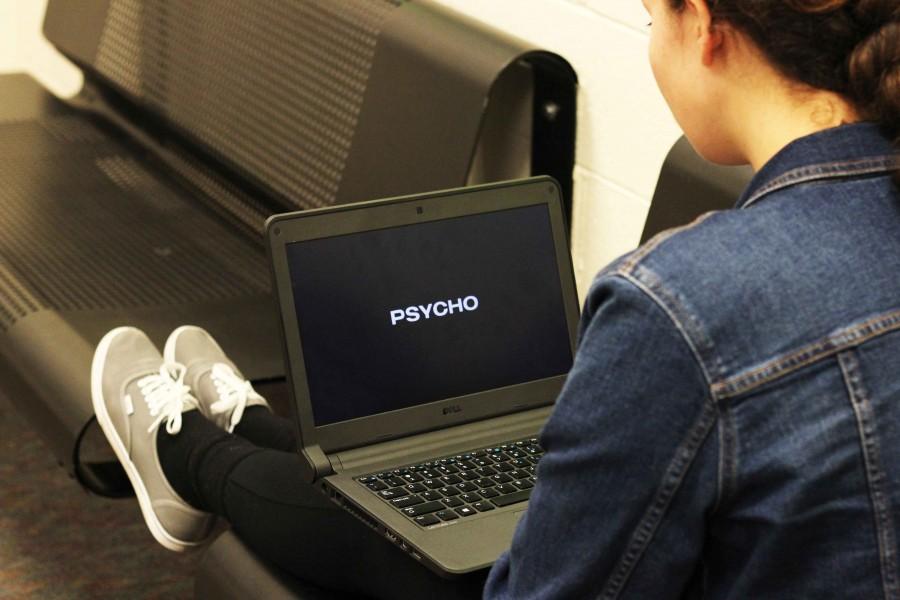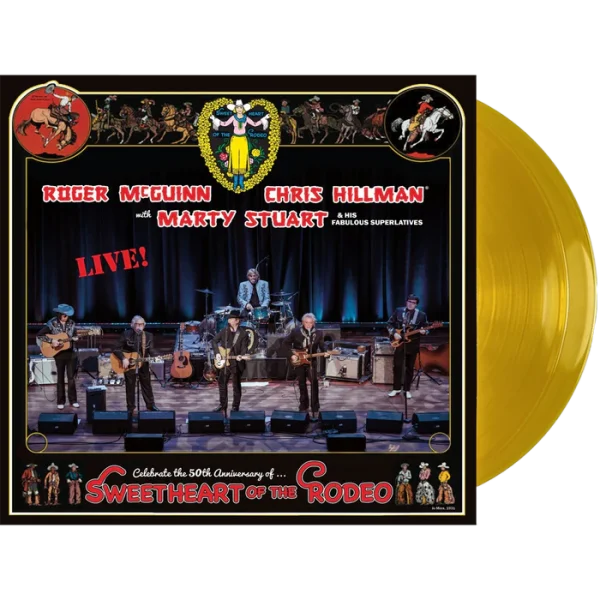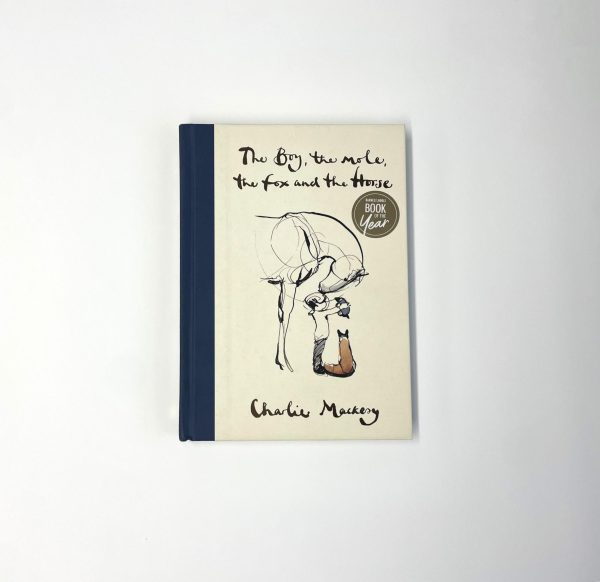Mentally Ill Media
March 22, 2016
It’s strange that though we live in a country full of variety, we can’t seem to dispel stereotypes. Do the words “mental illness” trigger anything in your mind?
Most likely, if you haven’t experienced or witnessed a struggle with mental illness first-hand, your only knowledge of it comes from the twisted mouths of the media — from the celebrities in and out of rehab, from the movie villain, or the Tumblr blog.
Everyone likes a thrilling story, and while sweet danger and near death experiences may serve as an author’s plot fuel, it simply isn’t how real life works.
“In movies, mental illness is often portrayed in an extreme way,” said psychologist Mary Vermeulen. “That instills fear so if someone hears the diagnosis of bipolar disorder they fear that person is dangerous. Movies want things to be dangerous.”
The only thing that is truly dangerous is the way the topic is handled. There is a taboo around mental illness that is frequently regarded as one of two extremes.
“It’s not viewed in a sympathetic way,” psychology teacher Aaron Portenga said. “We look at it as something that only strange people would have. That it only affects serial killer type people. Mental illness can affect anyone, no matter what race or social class you’re in.”
There are multiple horror movies in which the psychopath has escaped from an insane asylum, or appears to be struggling with some type of mental problem. Take for example films such as Silence of the Lambs, Psycho, or Halloween. If this is the first time someone is exposed to the concept of mental illness, it may lead them to incorrect assumptions.
The only movie Portenga could recommend as an accurate representation of an illness is “A Beautiful Mind”, which is a movie centered around a man struggling with schizophrenia.
“It shows you how schizophrenia can make it difficult for a person,” Portenga said. “Even a brilliant person, to tell the difference between what’s real and what’s not, and yet it gives you a sympathetic view and a message of hope.”
Mental illness has no face. Depression does not simply appear in everyone as “sad”, despite the usual public perception. Media sites such as Tumblr frequently dedicate blogs to mental illness, often beautifying the illness and unintentionally causing triggers and producing upsetting content.
Bipolar people don’t always go from happy to mad “just like that.” Someone with anxiety may not always appear “nervous.” Though the sharing of experiences through social media, as well as the push in Hollywood to represent mental illnesses, often the idea that illnesses appear in different ways is lost.
“I’ve had people come in and feel like they have a bipolar disorder,” Vermeulen said, “when really it’s more anxiety with anger. Those are two very different situations and need very different kinds of treatment.”
Naturally, stereotypes are formed for a reason, at some point or another, there was enough of a pattern or a specific instance to form a public perception. However, someone with a cold doesn’t always display all the symptoms, so why do we expect a cookie-cutter image of someone with a mental disorder?
“I’m all about people being empowered to find facts about what they’re going through,” Vermeulen said. “But I do think there’s a danger, because not every website is equal. It’s important if you’re researching to find websites where you can trust the information. Mental illness being treated so lightly leads people to believe they have something when in actuality they don’t.”










